In the ALLEGRO project, we focus on the deep characterization of flexible transceivers (TRXs) to enhance next-generation coherent optical networks.
🧠 How It Works:
Flexible TRXs based on dual-polarization coherent technologies modulate signals using I/Q modulators driven by DSP-shaped waveforms. These TRXs support multilevel constellations, allowing dynamic adaptation of the data rate and spectral efficiency.
🔍 Back-to-Back (b2b) Characterization
We emulate transmission conditions by loading ASE noise on a transparent link model to evaluate:
✔️ BER vs. OSNR curves for multiple modulation formats
✔️ Identification of GSNR thresholds for each mode
✔️ Impact of transceiver noise—especially critical in short-reach scenarios
📈 The result?
A set of GSNR thresholds for in-service operation, enabling the network controller to dynamically assess light-path feasibility based on:
- Symbol rate
- Rolloff factor
- Spectral occupation
- Power consumption per mode
⚙️ This approach ensures optimized resource allocation, energy efficiency, and scalable performance across the optical transport infrastructure.
Stay tuned as ALLEGRO continues to push the boundaries of adaptive optical networking!
#AllegroProject #CoherentOptics #FlexibleTransceivers #GSNR #BER #OpticalNetworking #EUHorizon #AdaptiveNetworks #TelecomInnovation #FutureNetworks

